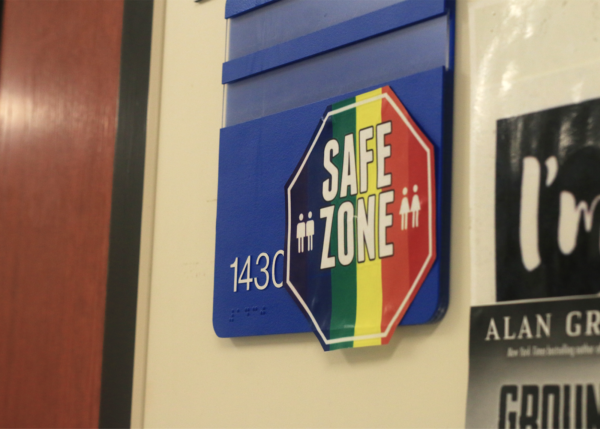Opinion: NFTs are pollution from pictures
If you had the funds, would you pay millions of dollars for a JPEG? It sounds ludicrous, yet we are in an age where cryptocurrency has made the tech-savvy millions.
If you happen to have been on social media over the past few months, you may have heard of a new cryptocurrency fad called non-fungible tokens, or NFTs. The name, “non-fungible tokens,” does very little to explain itself to most. An NFT is a unique image file which has its data securely stored on a cryptocurrency blockchain. An explanation for the layman would be to compare NFTs to a completely unique trading card. It cannot be replaced, as the original data is kept secure on the previously mentioned blockchain.
With that long-winded explanation out of the way, NFTs may seem like a way for rich cryptocurrency investors to flaunt their wealth, but at the end of the day, they’re just computer generated JPEGs, right? Well, NFTs are incredibly damaging and are comically easy for scammers to target. While the United States has started to ban some NFTs, the government should make them entirely illegal due to how harmful they can be.
The most well-known consequence from NFTs is the amount of pollution. NFTs are extremely reliant on cryptomining, the process of gaining cryptocurrencies by solving cryptographic equations with the use of high-power computers. The crypto mining process is incredibly energy intensive, and in turn, creates a massive carbon footprint.
Ethereum, the most popular cryptocurrency for NFTs, creates high amounts of carbon dioxide per transaction. According to Digiconomist, as of Dec. 2, a single Ethereum transaction consumes 204.71 kilowatts per hour, equivalent to the power consumption of an average U.S. household over 6.92 days. This demanding energy consumption produces 97.23 kilograms of carbon dioxide, equivalent to the carbon footprint of 215,495 VISA transactions or 16,205 hours of watching YouTube.
If that wasn’t bad enough, the statistics seem even worse when considering the numbers over a year. Annually, Ethereum transactions demand 94.1 terawatts per hour (as much as the country of Kazakhstan), and they produce 44.7 megatons of carbon dioxide (as much as Hong Kong). The fact that cryptocurrency transactions of NFT create as much pollution as the city with the fourth largest carbon footprint in the world is cause for alarm, and action should be taken to prevent the worsening of climate change and pollution.
Ironically, NFTs have hurt artists too, despite many claiming it to be a platform that supports artists. Since NFTs are image files of art, the online artist community has found itself being exploited by those who want to profit off of NFTs. It isn’t a platform for artists, but rather for art thieves. Many artists have had their art stolen and tokenized as NFTs to sell, and nothing is stopping people from doing this.
Many NFTs are computer-generated en masse too. Thousands of NFTs can be made from a computer program and a basic template, and with people buying computer-generated JPEGs, it detracts attention and money from genuine artists who pour their passion into their work. There is an argument to be made that NFTs give artists more control over their art and help pay them for their work, yet why not just commission artists instead?
It’s not as if the security NFTs boast is foolproof, either. In fact, in many ways, it’s not much better than other aspects of the internet. There are many sites mimicking real NFT sites, tricking buyers into spending money on fake JPEGs that have no actual value. Should you leak any information by accident, hackers could easily take your assets, costing you thousands or millions of dollars.
NFTs are a complicated mess, but if anything is certain about these crypto assets, it’s that they cause more harm than good. People pay thousands, perhaps millions, in cryptocurrency for these JPEGs, and it’s at the cost of catastrophic amounts of pollution, the harm of online artists and the fact that it’s quite easy to create scams on the internet. NFTs should be further restrained, if not completely banned by the government. Everyone — except for wealthy crypto investors — are suffering from their consequences, and action should be taken to prevent this digital plague.

Senior Alexander Cha is a reporter and this is his third year on staff. His favorite subject is English and his hobbies include writing stories and playing...









